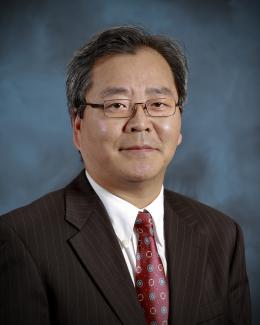Abstract
Sun‐induced chlorophyll fluorescence (SIF) provides critical information on the dynamics of gross primary productivity, a unique role not readily achievable using other methods. Long‐term continuous SIF observations have the potential to advance terrestrial ecosystem science. Realizing this potential, however, requires synergistic implementation of SIF measurements within eddy covariance (EC) flux networks. There is a need for SIF systems that can integrate seamlessly with EC instrumentation to maximize synergistic use of obtained data. Here we introduce the Fluorescence Auto‐Measurement Equipment (FAME) and protocol that fulfill such a purpose. FAME is designed specifically for plug‐and‐play integration with existing EC data acquisition systems. Its innovative hardware and software designs provide versatility, extensibility, autonomous operation, and ease of maintenance for acquiring SIF data of high quality and quantity. A major novel feature of FAME is its synchronized sampling of spectral irradiance and environmental variables, allowing for more precise interpretation of the SIF signal. FAME has been deployed since September 2016 at the Missouri Ozark AmeriFlux site, providing high‐quality measurements even when air temperatures approached 40 °C. Results reveal that canopy SIF saturated or even slightly decreased at high light, similar to leaf‐level photosynthesis. Clear diurnal hysteresis was observed: For the same light, morning SIF was higher than afternoon. Dynamic energy dissipation processes and stress‐induced movements of chloroplasts and leaves may explain the observed pattern. The technology and measurement protocol introduced here advances the coordinated observation of SIF and EC fluxes and represents a step change in observational ecosystem and carbon cycle science research.



